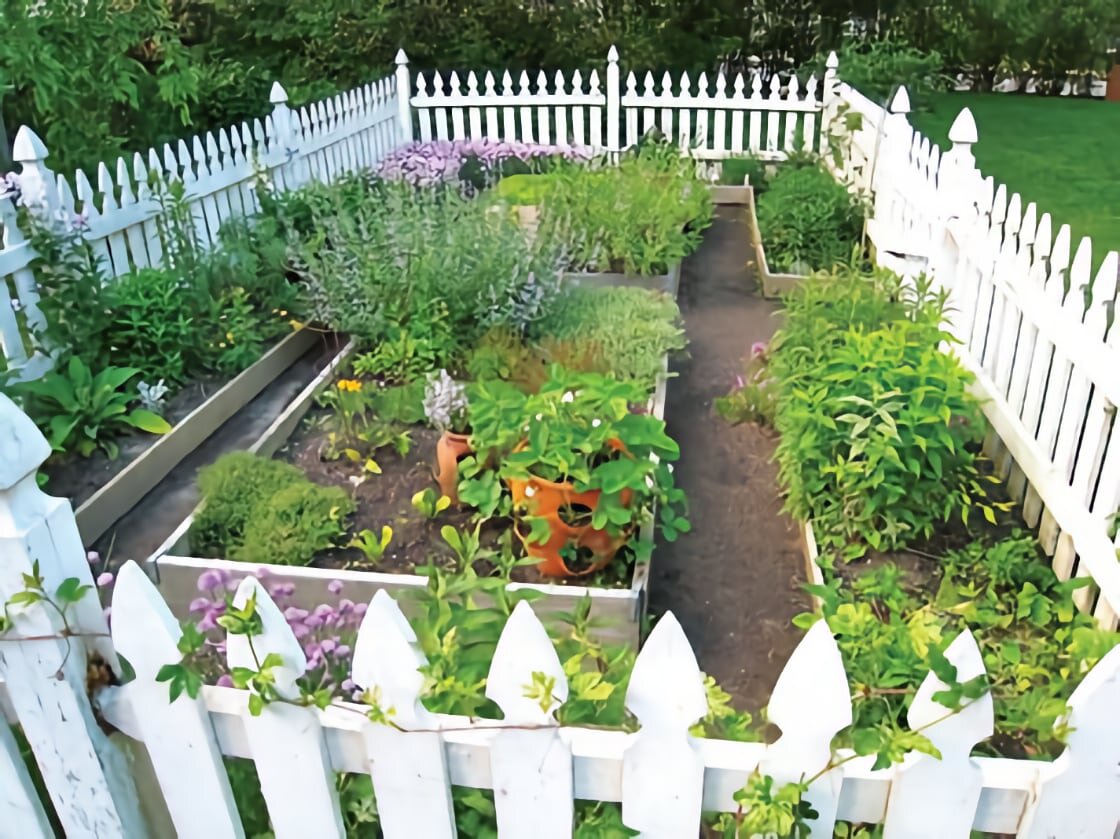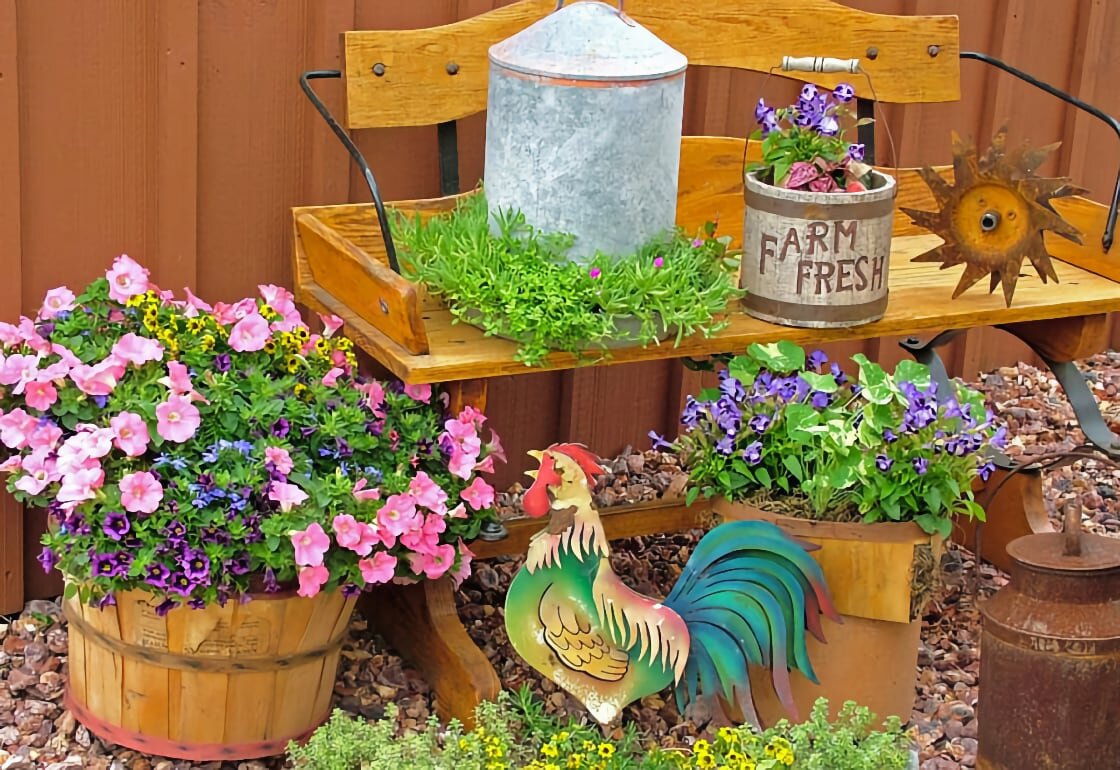Spring is here! We have more daylight hours, the temperatures are rising, the ground is warming, and the end of the school year is in sight. It’s time to make new seasonal plans for the family, to fill the hours, to keep them learning, to get them into the fresh air, and to help them stretch their muscles. How about gardening! This activity doesn’t require a lot of outdoor space or a perfect back yard. Together, you can build a small raised bed, fill it with some soil, and plant away to your heart’s desire. Other options are to lean a trellis against a wall or fence to grow beans or other flower vines such as morning glories, creating a vertical garden. Or you can use large pots or other interesting containers to plant zucchini, mint, cherry tomatoes or other plants that don’t require a lot of attention but yield delicious and healthy produce. There are countless options for both vegetable and flowering plants at this time of year.
How is gardening an educational experience? There are so many topics to investigate! What role do sun and water play in the growth of a plant? Why are worms good for the garden? How does a seed sprout to become a plant? You can talk about what makes up a good soil, photosynthesis, organic gardening and vegetable production, parts of a plant, parts of a flower, what roles do bees play, composting vegetable scraps, and so much more. You can talk about nutrition, the vitamins and minerals in the produce they are growing. And an added bonus is that your children will want to eat and enjoy the vegetables that they’ve grown themselves, some picked and eaten right off the vine!
Additional related activities include reading books about plants and creating a gardening journal that includes tracking information about the development of the plants in the garden and photos or sketches. You might also take a trip to a local botanical garden to explore what is going on there!
Is gardening good for the body too? You bet! Consider the “hygiene hypothesis” — a current theory that says that childhood exposure to dirt actually increases the development of the immune system and overall health. Additionally, the physical activity of hauling soil, digging, carrying watering cans, pushing a wheelbarrow, and all the bending and stretching involved help to promote gross motor skills, develop muscles and overall strength. All of this focused physical activity also helps to expel pent-up energy from less active indoor hours.
Additional benefits:
Gardening can improve moods, decrease anxiety, and build self-esteem, particularly when a child gets to add the vegetable that he grew himself or a beautiful vase of flowers to the family dinner table.
Gardening is a great way to get out from behind our electronic screens and make memorable family connections. This time develops both team building and communication skills.
Gardening can give children a sense of purpose and responsibility throughout the growing season, as they plan, plant, nurture, and care for their plants.
Children can also learn respect for the environment as they learn about composting, responsible use of fertilizers, and gathering rainwater.
So yes, gardening can be a fantastic way to spend time during this season. It’s good for your child’s body, mind, and spirit. And it’s fun!






